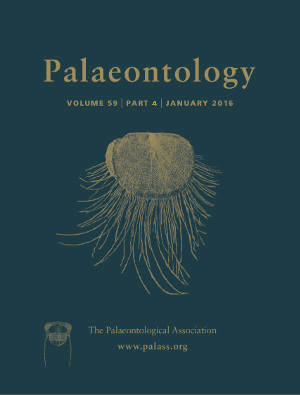Reg. Charity No. 1168330

A diverse assemblage of extinct mammals of early–middle Eocene age (Ypresian–Lutetian boundary) come from the Patagonian localities of La Barda and Laguna Fría around Paso del Sapo in northwestern Chubut Province (Argentina). Metatherians are well represented, mostly by dental remains of ‘Didelphimorphia’, Paucituberculata, Sparassodonta, Microbiotheria, and Polydolopimorphia. Here we analyse three calcanea and one astragalus referable to the same, indeterminate taxon, from La Barda, showing the fusion of their ectal and sustentacular facets. This facet arrangement characterizes the Australidelphia, a marsupial clade represented by Microbiotheria from South America and Antarctica, plus all Australasian lineages. Other australidelphian features shown by these tarsals include: in the calcanea, a reduced peroneal process and a tripartite cuboid facet; in the astragalus, a round, very small astragalar head in relation to the body; a convex trochlea with a half for the tibia and half, in slightly lower position, for the fibula. Their size and other anatomical features suggest that the new tarsals cannot be referred to the Microbiotheria. Phylogenetic analysis suggests that the La Barda taxon lies within the Australidelphia, and that it is either closely related or belongs to, the Diprotodontia. The existence of advanced australidelphians in Patagonia adds further evidence of the close relationship between Patagonia, Antarctica, and Australia during the Late Cretaceous – early Palaeogene.